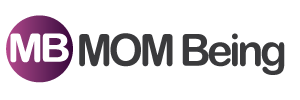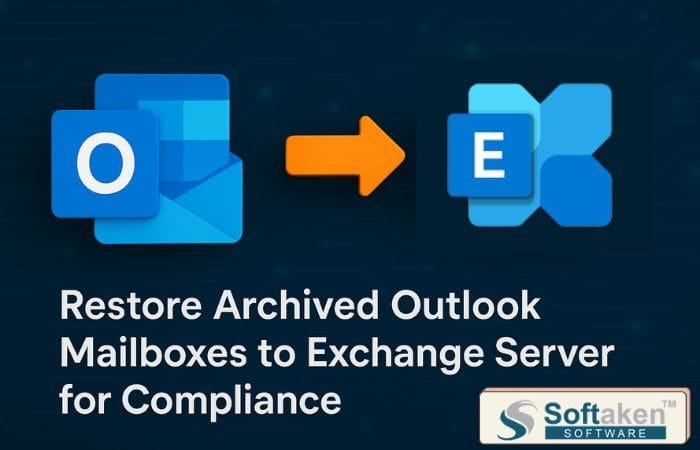As the insurance industry continues to grow, brokers need advanced software to compete. These systems deliver better service, control operational costs, and address coverage gaps effectively.
The traditional quote-to-cash process is cumbersome. It involves too many manual steps that slow down insurance deals and create frustration. Future-focused agencies fix the problem by adopting modern insurance brokerage systems. These platforms simplify complex processes and automate communication. Most importantly, they turn more quotes into revenue.
Understanding the Modern Insurance Broker Landscape
Insurance brokers face several challenges as they try to navigate a complex business world. These brokers play a vital role as trusted advisors. But many of them continue to use outdated systems that affect their ability to close deals effectively.
Common Challenges in The Quote-to-Cash Process
Brokers face many issues when moving prospects through their pipeline. A major challenge comes from handling complex quotes that require a lot of brainstorming. In such situations, their teams often give up and fall back on manual work. They create quotes using spreadsheets, which can take weeks to finish.
Getting quotes ready takes a lot of time and energy. Collecting all the details for accurate quotes requires effort. Building customized quotes from scratch for each new client proves inefficient and, in many cases, affects customer retention.
The insurance sector also sees potential clients quitting the quote process. There are many reasons behind their doing so:
- Forms full of technical jargon that confuse them
- Too many personal questions are asked too early
- Excessive manual typing requirements
- No help is available when questions come up
Slow quote turnaround times affect win rates. This puts brokers at a disadvantage in an already crowded market.
Why Traditional Methods Prove Ineffective Today
The insurance world needs more flexibility than old systems can offer. Outdated systems can’t handle the demand for complex, custom solutions.
Modern customers want smooth experiences across digital and physical channels. They also need quick answers and simple buying options. Without modern tools, it may take too long to fulfill customer requests. This may eventually hurt customer satisfaction and retention.
Put another way, agencies that don’t adapt to customer expectations through reliable software will not survive in today’s fast-changing market.
Key Features of Insurance Broker Software That Drive Conversions
Broker software combines several key features that positively affect conversion rates. These features work together to streamline operations and improve client experiences throughout the sales cycle.
1. CRM Integration for Better Client Tracking
Modern insurance brokerage software keeps all customer information in one place. It creates comprehensive client profiles with policy details, coverage limits, communication history, and demographic data. This allows brokers to keep an eye on their journeys and risk profiles. They can spot opportunities for cross-selling or upselling relevant coverage. If required, they can also contact clients through email, phone, or social media.
2. Automated Quote Generation and Follow-ups
Speed matters when it comes to winning deals in insurance. Automated quoting tools use algorithms that instantly calculate premiums using client data. This slash leads to response times. These systems also tap into the databases of insurance carriers to fetch information on current rates and underwriting guidelines. This eliminates the need for manual calculations.
The software also sends automated follow-up messages. As a result, prospects get timely reminders about pending quotes. This automation helps brokers save time while creating accurate quotes.
3. Real-Time Document Access and Sharing
Modern software solutions maintain all important documents in one place. This allows clients, brokers, and carriers to share applications, policies, and claims forms instantly. Easy access to documents cuts down on redundant communication and saves time. It also speeds up policy issuance.
Plus, real-time synchronization allows everyone to see the most current version of any document. As a result, there is no confusion or delay because of outdated information.
4. Mobile Access for Improved Responsiveness
Modern broker software frees insurance professionals from their desks and allows them to serve clients directly in the field. They can capture claim details on-site. They can also initiate policy changes or start new applications during client meetings. This responsiveness creates new conversion opportunities. It also shortens the sales cycle significantly.
5. Integrated Communication Tools
Switching between channels may cause brokers to lose deals. Advanced software systems bring various communication channels onto one platform. The result? Email, SMS, and video conferencing work in tandem to ensure seamless client interactions. Brokers can hold video meetings to explain complex insurance terms to prospects. They can send them quick updates through built-in messaging. All this helps build stronger client relationships.
How Insurance Broker Systems Software Improves Sales Efficiency
Insurance agencies spend a lot of their time and resources manually handling applications and renewals. Broker software solutions help them improve operations and boost conversions.
I. Reduced Manual Work Through Automation
Automation eliminates a lot of manual work insurance teams were once saddled with. This provides many benefits. Companies reduce operating costs by removing inefficiencies from their daily operations. Automation also frees teams from routine tasks. They can now work on deepening client relationships and creating growth strategies.
II. Faster Response Times to Client Inquiries
Response time directly affects conversion rates. Broker software helps agents generate accurate quotes and bind policies, all within a single conversation. This reduces delays that may cause prospects to move to competitors. These solutions also offer 24/7 client service through self-service portals. These portals allow users to find answers to most questions on their own. This reduces wait times, which previously drove away prospects.
III. Customized Products and Services
The software maintains all client interactions in one place. Teams can view complete customer profiles and tailor their products and services based on this information. Centralized systems also eliminate the problem of scattered, disorganized data. They provide consistent information to inform strategic decisions. Client service becomes more customized and seamless when every team member, from sales to support, accesses the same information.
How to Choose the Right Insurance Broker Software
Finding the right broking software requires you to carefully evaluate several factors. These include:
Off-the-Shelf vs Custom Solutions
Pre-packaged insurance broker systems cost much less upfront when compared to customized ones. They are also easier to implement. Smaller agencies find these solutions adequate for fulfilling their core needs. However, as their operations become more specialized, the limitations of these systems become apparent.
Custom insurance broking software demands a high investment initially. However, it can be tailored according to the specific workflows and client management strategies of a business. Every feature and function adds value to their operations in one way or the other.
The decision to pick one comes down to a business’ current size, growth plans, and how unique their operations are.
Scalability and Integration with Existing Tools
Scalable solutions support future growth. The insurance brokerage software should be able to handle an expanding set of service offerings. There should not be any need to upgrade the IT infrastructure frequently. Cloud-based systems prove useful in these scenarios. This is because these systems allow brokers to scale operations as they want.
The solution chosen should connect easily with the existing CRM platforms, accounting software, and document management systems. This integration prevents data from being locked away in silos. It also allows for a smooth flow of information.
Evaluating Vendor Support and Updates
The vendor’s support often matters more than the software itself. Businesses should evaluate the training resources, implementation assistance, and ongoing technical support offered by potential vendors. They should ask questions about:
- Response times and available support channels
- Service Level Agreements that clarify deliverables and the resolution mechanism
- Past projects delivered in a similar niche
It’s important to note that proper training and phased implementation play a crucial role in driving successful software adoption, regardless of the solution chosen.
Conclusion
Insurance broker software transforms the quote-to-cash process. It changes how agencies operate in today’s competitive market. These modern technology solutions offer many important advantages over traditional software.
CRM integration, automated quote generation, document sharing, and mobile accessibility help create highly personalized client experiences. These features also reduce manual work and save thousands of precious hours. In the long run, this helps boost client satisfaction and trust.
Insurance software is a valuable investment for any agency. Businesses that adopt these tools simplify operations and close more deals. They are also better positioned to grow in an unpredictable insurance environment.















